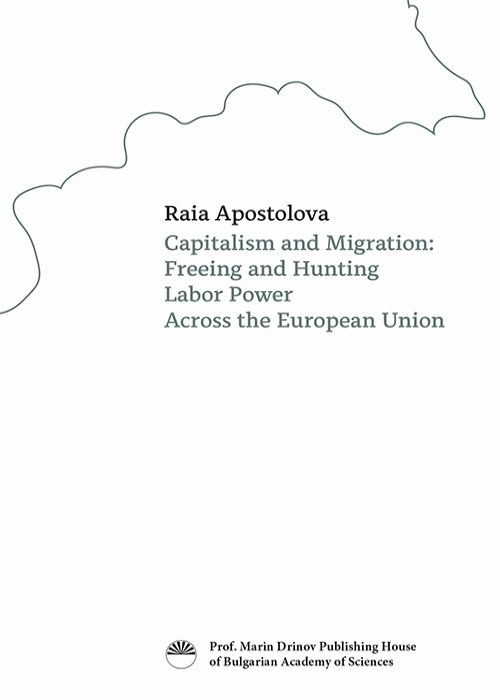This site uses cookies to help give you the best possible user experience. By continuing to browse this site you give consent for cookies to be used!

Capitalism and Migration: Freeing and Hunting Labor Power Across the European Union
Raia Apostolova
Summary
This book explores the ways in which two seemingly different migratory categories – the “social benefit tourists” and the “refugee/economic migrant” binary – are delineated and formed in the interaction between conditions of production, the ways in which labor power is revitalized, and the coding of their migration by different ideologemеs. The aim is not to examine them as categories at belong solely to the field of migration, but to reveal their relation to differentiated modes of reproduction of labor power. One of the assumptions here is that migration apparatuses – the knowledge structures that code and are coded by different migratory categories, administrative procedures that differentially apprehend types of movement, physical localities such as refugee camps, borders, and homeless shelters, among others – emerge as a way 19 to capture and disperse particular forms of movement of labor power with differentiated access to labor markets, housing arrangements, and welfare.
 en
en Български
Български


